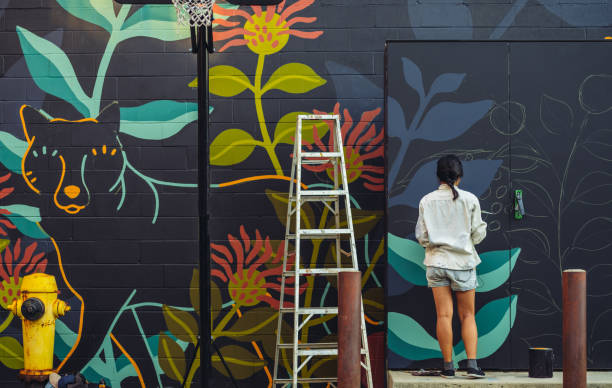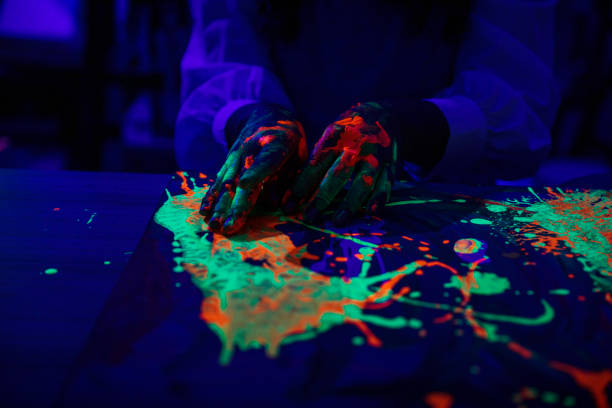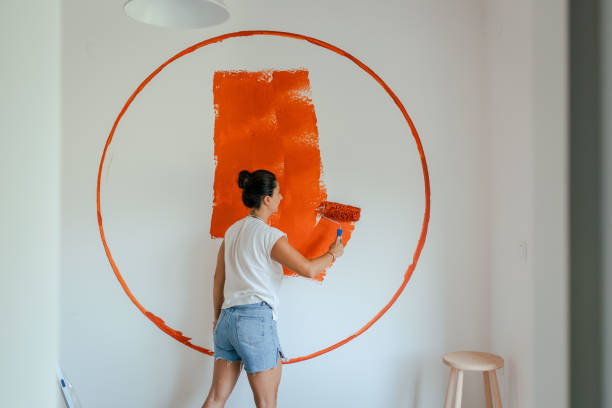The Impact of Color Psychology in Home Design: What You Need to Know
When it comes to home design, choosing the right color palette is about more than just aesthetics. The impact of color psychology in home design can shape the mood of a room, influence your emotions, and even affect the energy flow in your home. Whether you’re looking to create a calming retreat in your bedroom or a vibrant, energizing space in your living room, understanding how colors affect the mind is essential for making the right choices. Let’s dive into how you can use color psychology to design a home that not only looks beautiful but feels right too.
How Color Affects Mood and Atmosphere
The idea behind the impact of color psychology in home design is that each color evokes specific emotions and reactions. For example, warm colors like reds, oranges, and yellows are known to stimulate energy and excitement, making them perfect for social spaces like living rooms or kitchens. On the other hand, cool tones like blues and greens tend to be calming and peaceful, which is why they’re often used in bedrooms or bathrooms.
Imagine walking into a room painted in soft blue—almost instantly, you feel at ease. Compare that to the sensation of entering a vibrant red dining room, where you may feel energized and ready to socialize. That’s the power of color psychology. By using the right hues, you can set the perfect tone in each room of your home. To explore more examples of how color affects mood, visit Femmy by Design for expert tips on home design.
Best Colors for Relaxation and Serenity
If your goal is to create a relaxing and tranquil environment, choosing the right color scheme is crucial. Cool tones are particularly effective at inducing a sense of calm and serenity. Shades like light blues, soft greens, and muted lavender have been shown to lower stress and promote relaxation. This makes them ideal for bedrooms, bathrooms, or any space where you want to unwind.
For instance, painting your bedroom walls in a calming sage green can instantly make the space feel more peaceful. Adding white or light gray accents can further enhance this soothing effect. Discover more calming color schemes on our Instagram page, where we share real-life examples of homes transformed by color.
Using Bold Colors for Creativity and Energy
While soft hues are great for relaxation, bold colors can inject energy and creativity into your space. The impact of color psychology in home design shows that colors like red, orange, and yellow are stimulating, helping to create a lively and engaging atmosphere. These tones are perfect for spaces where you want to feel inspired or motivated, such as home offices, kitchens, or playrooms.
For instance, a bright yellow accent wall in your home office can boost creativity and focus, while a rich red in the dining room may encourage conversation and lively gatherings. Keep in mind, though, that a little goes a long way. Too much bold color can feel overwhelming, so it’s often best to use these shades as accents rather than painting entire rooms. Check out more tips on using bold colors at Femmy by Design.
Neutral Colors: Versatile and Timeless
Neutral tones like beige, gray, and white are often seen as the “safe” choices in home design. But when used correctly, they can have a powerful impact of color psychology in home design. Neutral colors provide a blank canvas, allowing you to highlight other design elements such as furniture, artwork, or even bold accent colors. They can also create a sense of balance and sophistication, making them perfect for living rooms or common areas where you want a timeless look.
For example, using a soft gray on the walls with white trim can give your living room a clean, modern feel. If you want to add a pop of color, incorporate bold accents through pillows, rugs, or artwork. This versatility is one reason why neutral colors never go out of style. Explore our design portfolio on Facebook for more neutral color inspirations.
Creating Balance: The Power of Color Combinations
While each color has its psychological effects, one of the most important aspects of the impact of color psychology in home design is knowing how to combine them effectively. The right combination can create balance, making the room feel cohesive rather than chaotic. Complementary colors—those opposite each other on the color wheel—tend to create harmony when used together. For example, pairing a cool blue with a warm orange can bring out the best in both colors, creating an inviting yet relaxing atmosphere.
Another approach is to use analogous colors, which are next to each other on the color wheel, like different shades of green and blue. These combinations offer a more subtle contrast and often feel more soothing. For help in choosing the best color combinations for your space, check out our design consultations at Femmy by Design.
FAQs
How does color psychology affect home design?
The impact of color psychology in home design influences how rooms feel and function. Certain colors evoke specific moods, helping to create the atmosphere you desire.
What colors are best for creating a calm environment?
Cool tones like blue, green, and lavender are perfect for creating calm and peaceful spaces. They work well in bedrooms or bathrooms where relaxation is key.
How do bold colors affect a room’s energy?
Bold colors like red, yellow, and orange are energizing and stimulating. They’re ideal for spaces where you want to feel motivated or engaged, like home offices or kitchens.
Can I mix neutral tones with bold colors?
Absolutely. Neutral tones create a balanced backdrop that allows bold colors to stand out as accents. This combination can add depth and character to any space.
What’s the best way to combine different colors in a room?
Using complementary or analogous colors can create balance and harmony. For instance, pairing a warm tone like orange with a cool blue can bring out the best in both shades.
Is it possible to use color psychology without repainting an entire room?
Yes! Even adding color through smaller design elements like pillows, rugs, or artwork can have a significant psychological impact without the need for repainting.
Understanding the impact of color psychology in home design can completely transform how your home feels and functions. For personalized design advice and to explore how color can work for you, visit Femmy by Design. Follow us on Instagram and Facebook for more inspiration on how to use color in your home.



